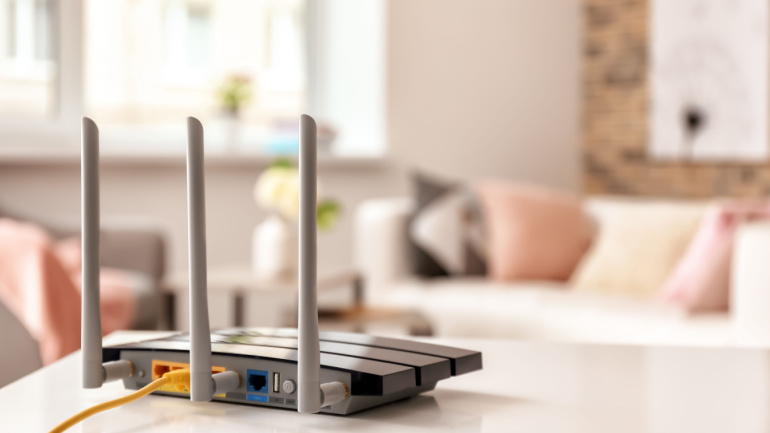In the third quarter of 2023, Ookla Speedtest Intelligence data reveals a robust global uptrend in fixed network speeds. The median download speed for fixed networks worldwide reached an impressive 83.95 Mbps, marking a substantial 19% increase from 70.3 Mbps in the same quarter of 2022.
Broadband users face the most disruptions during peak hours, particularly at 11 am on Fridays or Wednesdays, according to a recent survey. The study pinpointed additional vulnerable time slots between 6 pm and 9 pm, 2 pm and 3 pm, and 10 am. The primary culprit for disconnections, as reported by users, is broadband provider outages, accounting for a majority of the incidents. Other contributors include power cuts (42%), planned maintenance to external cables (18%), and router issues (17%).
Several prominent German telecoms associations, including ANGA, Bitkom, BREKO, BUGLAS, and VATM, have united in a call to the German government, urging a reduction in funding for fibre-optic projects. Citing concerns over the overwhelming response to the German Gigabit funding program, the associations propose a cut in funding to €1 billion between 2024-2026.
EPB, the city-owned broadband provider, has launched a new 2.5-gig residential internet service, expanding its symmetrical speed offerings on the fiber optic network. Priced at $97.99 per month, the 2.5-gig service comes with the installation of EPB’s Wi-Fi 6e router and is available across the service area. VP Katie Espeseth emphasized EPB’s commitment to diversifying network options, with an eye on providing service up to 25-gig.
The Idaho Broadband Advisory Board (IBAB) has approved the allocation of $120 million from the Idaho Capital Projects Fund to support 18 broadband initiatives, providing a significant boost to over 30,000 homes and businesses across the state. In collaboration with the state government, the advisory board strategically targeted projects to enhance crucial areas including distance learning, telehealth, telework, economic development, and public safety.
A recent report by the Fiber Broadband Association (FBA) reveals that fiber internet has now reached over half of U.S. households, surpassing 51.5% of primary homes. The survey, conducted by RVA LLC Market Research and Consulting on behalf of FBA, highlights 2023 as a record-setting year for annual fiber-to-the-home growth, with network operators connecting an unprecedented nine million new homes.
In a recent move, the Federal Communications Commission (FCC) has chosen to prolong the waiver exempting broadband providers from the requirement of having their broadband data collection (BDC) filings certified by professional engineers. This decision has sparked a mixed reaction within the telecommunications industry.
Kansas has taken a significant stride towards improving statewide internet connectivity by allocating $28.5 million in grants through the Lasting Infrastructure and Network Connectivity (LINC) program. Aimed at bolstering broadband infrastructure, the LINC funding prioritizes achieving minimum speeds of 100/20 Mbps, enhancing internet exchange point facilities, and fortifying middle-mile infrastructure.
The future of high-quality broadband access hinges on fiber investment, with interest spanning government, media, and network operators. Its value is in optimization, sustainability, and compatibility with the future. This technology could reshape industries, from education to smart city initiatives. The European Commission’s ambitious Digital Deco 2030, aiming to extend gigabit services to its entire populace by 2030, reflects global recognition of broadband’s potential in economic growth. Nevertheless, the disparity in gigabit-digital access remains a concern, prompting a focus on all-optical fiber networks. This reality becomes evident with Omdia’s Fiber Development Index (FDI), offering a diverse range of fiber investment metrics.
The allure of AI technology and its insatiable demand for data is sparking a new interest in fibre backbones. However, this digital evolution is revealing a myriad of challenges for newcomers, with the fibre industry grappling with economic pressures from inflation, supply chain disruptions and rising interest rates. While the European Union’s telecom mergers & acquisitions policy may offer consolidation opportunities, those venturing into this dynamic sector must be prepared for a landscape fraught with potent risk and complexity.













